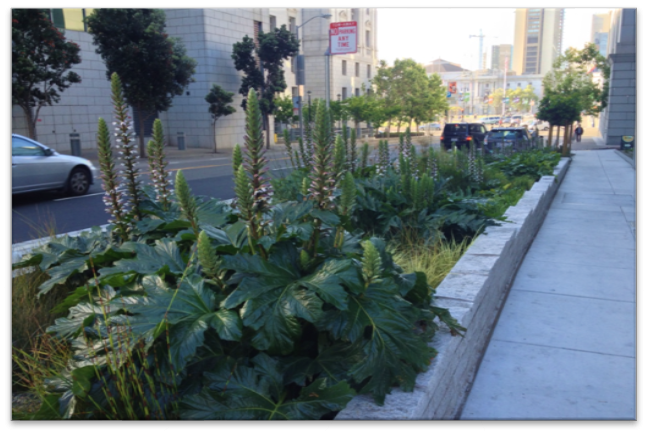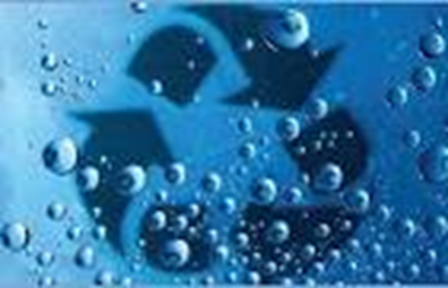Water Reuse Research
Increasing pressures on water resources has led to greater water scarcity and a growing demand for sufficient quantities of high-quality water. An integrated One Water concept can facilitate meeting this demand by limiting discharges from wastewater treatment, identifying alternative water sources, recovering resources (e.g., water), developing methods to enhance the availability and quality of recycled water appropriate end uses, and creating tools to evaluate trade-offs and aid decision making for fit-for-purpose water reuse. Three general types of water reuse include the following (excludes agricultural, environmental, and industrial applications):
- Non-potable water reuse – Water is captured, treated, and used for non-drinking purposes, such as toilet flushing, clothes washing, and irrigation.
- Indirect potable water reuse – Water that will be treated with an environmental buffer and used for drinking water. For example, stormwater or wastewater is first directed to a municipal wastewater treatment plant for treatment. Once treated, it is then directed to an environmental buffer, such as a lake, river, or a groundwater aquifer that is used as a source drinking water. The water is then treated at a drinking water treatment plant and directed into the drinking water distribution system.
- Direct potable water reuse – Water that will be treated and used for drinking water without an environmental buffer. In this scenario, stormwater or wastewater is directed to a municipal wastewater treatment plant and/or an advanced wastewater treatment facility for treatment. Once treated, it is then directed to a drinking water treatment plant for further treatment or sent directly to a drinking water distribution system.
EPA published the Guidelines for Water Reuse in 2012 as a general reference for water reuse practices, and the Potable Reuse Compendium in 2017 to inform current practices in the rapidly developing area of direct potable reuse. EPA supports water reuse as a component of integrated water management, and encourages states to use the Clean Water Act and Safe Drinking Water Act as foundational documents to develop their own water reuse strategies. To this end, EPA remains committed to active engagement and research, with various partners and stakeholders to ensure that implemented water reuse is protective of human health.
EPA Research
 The constructed wetland systemExitat the San Francisco Public Utilities Commission headquarters treats blackwater and then distributes the treated water for toilet flushing.Many communities have initiated or are developing centralized systems for planned water reuse, including recycling of stormwater runoff and wastewater. Likewise, they are increasingly interested in decentralized systems that collect and treat onsite-available waters, such as greywater and rainwater for non-potable applications. With growing pressure to find alternative water sources, communities and states (particularly those located in dry climates) need guidance at the federal level on different types of water reuse and fit-for-purpose treatment approaches.
The constructed wetland systemExitat the San Francisco Public Utilities Commission headquarters treats blackwater and then distributes the treated water for toilet flushing.Many communities have initiated or are developing centralized systems for planned water reuse, including recycling of stormwater runoff and wastewater. Likewise, they are increasingly interested in decentralized systems that collect and treat onsite-available waters, such as greywater and rainwater for non-potable applications. With growing pressure to find alternative water sources, communities and states (particularly those located in dry climates) need guidance at the federal level on different types of water reuse and fit-for-purpose treatment approaches.
- evaluating alternative water sources (wastewater, source separated greywater from sinks or showers, stormwater runoff, roof-collected rainwater, air-conditioning condensate) as resources for water reuse;
- providing a better understanding of the potential health risks, cost effectiveness, and life-cycle impacts of various water reuse options and treatment configurations;
- developing treatment targets and monitoring surrogates for onsite non-potable water systems; and
- reducing contamination of groundwater sources by evaluating the use of stormwater management practices and expanded water reuse.
Research Areas
- Onsite Non-Potable Water Reuse
- Water Scarcity and Drought Grant Research
- Human and Ecological Health Impacts Grant Research

